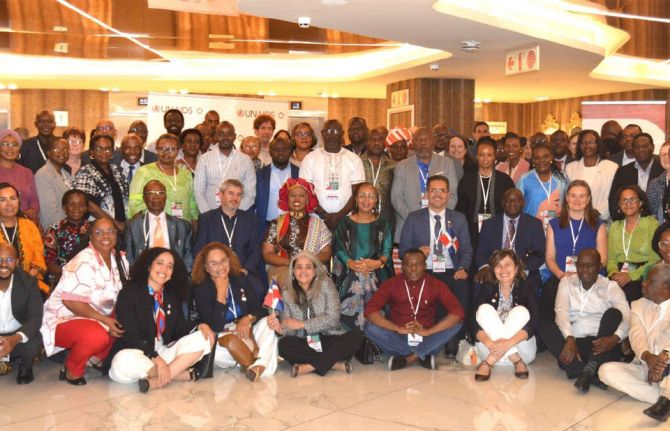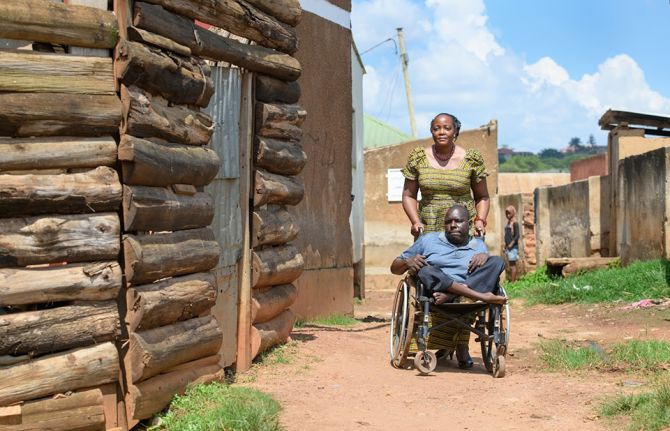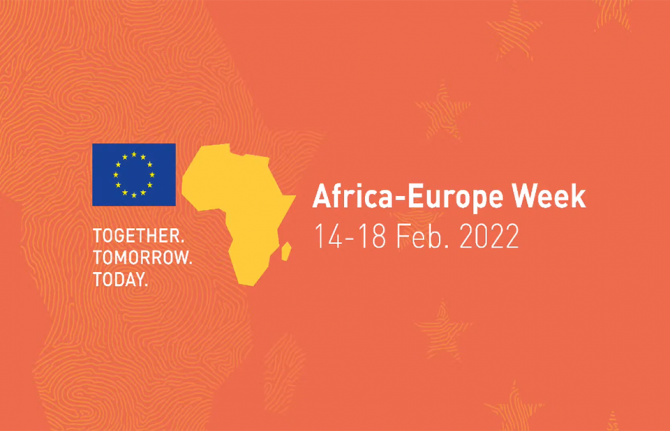
Feature Story
New world report on disability: Breaking down barriers
09 June 2011
09 June 2011 09 June 2011
Credit: WHO
The world’s one billion people living with disabilities have poorer health, lower educational achievements and are more prone to social exclusion than those without disabilities. Launched 9 June, the first ever World Report on Disability challenges these disparities and suggests how they can be overcome.
The launch event, which took place during the High Level Meeting on AIDS in New York, was hosted by World Health Organization (WHO) Director-General Dr Margaret Chan and World Bank Vice President Tamar Manuelyan Atinc. The report is produced by both organizations and the two heads were joined by other dignitaries and by representatives of government and civil society.
The publication is a global call to action and assists implementation of the groundbreaking international treaty, the Convention on the Rights of Persons with Disabilities, which was adopted in May 2008. Concerned with national, regional and global policy, it also includes the perspectives of many people who are living with disabilities. In addition, it features the first new disability prevalence estimates for more than three decades: it contends that prevalence is likely to rise in the future due, in part, to the increase in chronic diseases and ageing populations.
We must do more to break the barriers which segregate people with disabilities, in many cases forcing them to the margins of society
Dr Margaret Chan, Director-General, World Health Organization
During the launch event the speakers described the difficulties people with disabilities face, including barriers to accessing health, education, employment and information services.
According to Dr Chan, "Disability is part of the human condition. Almost every one of us will be permanently or temporarily disabled at some point in life. We must do more to break the barriers which segregate people with disabilities, in many cases forcing them to the margins of society."
UNAIDS Executive Director Michel Sidibé called for “an end to all discrimination and inequity faced by people living the disabilities, which not only rob people of their dignity, but block their access to HIV prevention, treatment, care and support.”
HIV and people with disabilities
According to the UNAIDS, WHO and OHCHR policy brief on HIV and disability people with disabilities may be at risk of HIV infection due to a number of reasons, including insufficient access to appropriate HIV prevention and support services, and their higher risk of experiencing sexual assault or abuse during their lifetime. They may also be turned away from HIV education forums or not be invited by outreach workers, because of assumptions that they are not sexually active, or do not engage in other risk behaviours such as injecting drugs.
There must be an end to all discrimination and inequity faced by people living the disabilities, which not only rob people of their dignity, but block their access to HIV prevention, treatment, care and support
Michel Sidibé, UNAIDS Executive Director
The new report gives examples of the issues and situation concerning HIV and people with disabilities. A survey commissioned by the Zimbabwe Parents of Handicapped Children’s Association demonstrated that hearing and visually impaired people were excluded from HIV services because they were not offered in sign language or Braille. On the other hand, there are many examples throughout the report of how individuals, organizations, countries and regions are promoting good practice.
The goal of the World Report on Disability is to provide information and strategic guidance to key actors, such as policy makers, donors and practitioners. A series of recommendations include: investing in specific programmes and services for people with disabilities; adopting a national strategy and action plan; involving people with disabilities in policy and planning decisions and raising public awareness and understanding.
External Links
External links
Publications
Publications
- World report on disability (WHO/World Bank, 2011)
- Disability and HIV policy brief
Multimedia
Multimedia
Related
 Building country-led sustainable HIV responses
Building country-led sustainable HIV responses

20 December 2024
 Towards a life of dignity for people living with disabilities
Towards a life of dignity for people living with disabilities

15 February 2022

